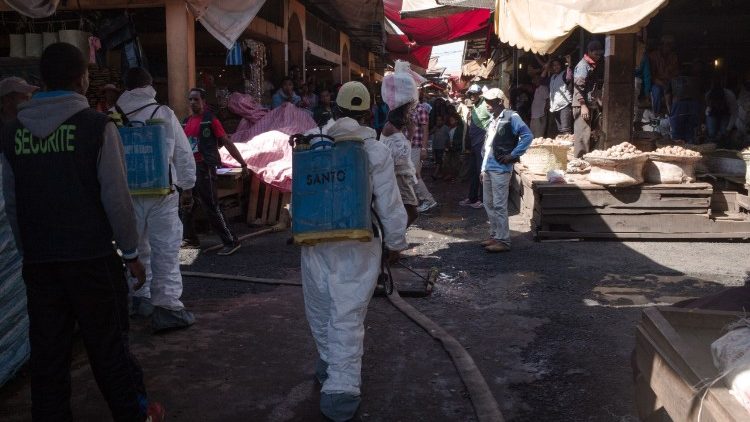
WHO says plague outbreak not high risk
By Pope
Authorities in Bayan Nur, a city in the Chinese region of Inner Mongolia, issued a warning on Sunday after a hospital reported a suspected case of the bubonic plague. It followed four reported human cases of plague there last November.
They ordered residents not to hunt wild animals such as marmots and to send anyone for treatment who shows signs of a fever or other possible signs of infection.
China has largely eradicated the plague. The last major known outbreak was in 2009 when several people died in the town of Ziketan in Qinghai province on the Tibetan Plateau.
Addressing the situation on Tuesday, WHO spokeswoman Margaret Harris told a U.N. press briefing in Geneva the organization was “monitoring the outbreaks in China”, and watching it closely “and in partnership with the Chinese authorities and Mongolian authorities,"
She also said that at the moment, they were not considering it “high-risk”.
Neighbouring Mongolia also reported two cases of bubonic plague in its western Khovd province last week.
In light of this, the Tass news agency reported that authorities in Russia's Altai region, which borders Kazakhstan, China and Mongolia, had officials patrolling the area to enforce a ban on hunting marmots and to warn people about the dangers.
The bubonic plague, which was also known as the “Black Death” in the Middle Ages, wrought havoc on Asia, Europe and Africa in the 14th century and killed an estimated 50 million people.
Today, it can be cured with several types of antibiotics, but it can also be fatal in up to 90 % of people if they don’t get the required treatment.
Symptoms include fever, shortness of breath, headache, coughing and swollen lymph glands.
Thank you for reading our article. You can keep up-to-date by subscribing to our daily newsletter. Just click here






